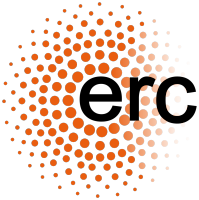Denisova 11 Human Bone Fragment
Fiona Brock, Thomas Higham, 2018. https://doi.org/10.5284/1047219. How to cite using this DOI
Data copyright © Prof Thomas Higham unless otherwise stated
This work is licensed under the ADS Terms of Use and Access.
Primary contact
Prof
Thomas
Higham
Deputy Director
Oxford Radiocarbon Accelerator Unit
University of Oxford
Dyson Perrins Building
South Parks Road
OX1 3QY
UK
Resource identifiers
- ADS Collection: 3135
- DOI:https://doi.org/10.5284/1047219
- How to cite using this DOI
Overview

The collection comprises the ZooMS dataset, 3 OBJ files for use with 3D viewer software, and 774 CT scan images in JPEG format that contain 3 separate slices or views (Front, Right and Top).
The CT scan was undertaken using a Nikon XT H 225 micro-scanner with a transmission target. Attempts to keep the dosage as low as possible were made in order to avoid any damage to the sample, so the scan was run at 70kv and 80μA. In total 1,448 projects were taken at two frames per projection, with an exposure set at 100ms and magnification at x7.2. CT data was reconstructed using CT Pro 3D software, and processed with VG Studio Max 2.1 software.






